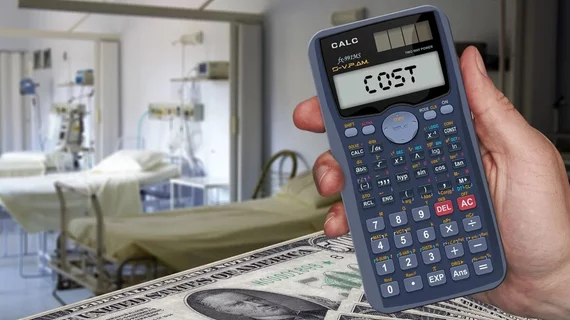AI, blockchain, cryptocurrency all part of actor/entrepreneur’s vision for universal healthcare
A healthcare AI startup has announced the launch of a crypto-coin as a step toward building out a free portal on a work-in-progress unified platform.
The company, Nevada-based A-Medicare, is the brainchild of Italy-born actor, filmmaker and entrepreneur Enzo Zelocchi, perhaps best known in the U.S. for 2010’s “My Little Princess.”
In an announcement sent July 6, Zelocchi suggests the platform will facilitate adoption of universal healthcare in the U.S. and, ultimately, around the world.
The cryptocurrency, he adds, will help A-Medicare “leverage secure blockchain technologies, as well as the latest in artificial intelligence and remote medicine, toward the maximum fulfillment of health and wellbeing for all U.S. citizens at a high standard of accessibility and fairness throughout very challenging times.”
The company’s website says the portal will allow users to gain credits to pay all or some of their healthcare bills.

